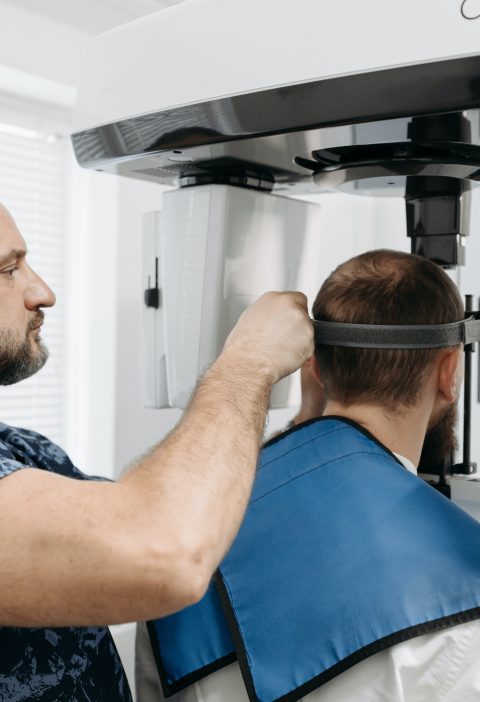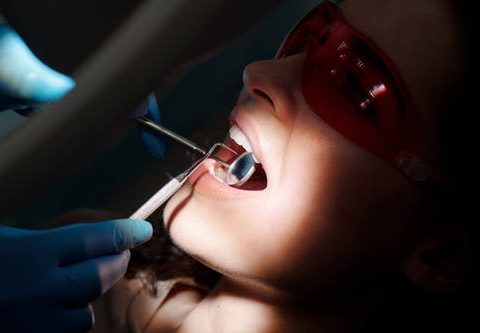Are you struggling with persistent allergy symptoms, despite your best efforts to manage them? The hidden culprit behind these issues might be mold damage in your home or workplace. In this article, we’ll delve into the connection between mold damage and allergy symptoms, learning about mold allergies, their symptoms, risk factors, and how to prevent and address mold problems in our environments.
Time to uncover the hidden enemy of your health.
Understanding Mold Allergies
Definition of Mold Allergy
A mold allergy occurs when your immune system overreacts to mold spores in the air. These tiny particles, usually harmless to most people, trigger an allergic response in some individuals, causing various unpleasant symptoms. Mold allergies can develop at any age and may be seasonal (especially outdoors) or year-round (related to indoor mold).
Common Mold Allergens
Of countless mold species found indoors and outdoors, only specific types, such as Alternaria, Aspergillus, Cladosporium, and Penicillium, typically cause allergies. Being allergic to one type of mold doesn’t necessarily mean you’ll react to another.
How Mold Allergies Develop
Like any other allergy, mold allergies are caused by an overly sensitive immune system response. When inhaled, the body mistakenly recognizes airborne mold spores as foreign invaders, and the immune system produces allergy-causing antibodies to fight them. The resulting symptoms vary in severity and can happen immediately or after a delay.
Symptoms of Mold Allergy
Common Symptoms
Mold allergy symptoms closely resemble those caused by other upper respiratory allergies. Common signs include sneezing, coughing, runny or stuffy nose, itchy and watery eyes, itchy nose and throat, postnasal drip, and dry, scaly skin. The severity and duration of these symptoms can vary from one person to another and may be aggravated during specific seasons or weather conditions (like dampness).
Mold Allergy and Asthma
For those with asthma, mold allergies can be particularly dangerous. Exposure to certain mold spores might trigger an asthma attack, leading to symptoms such as coughing, wheezing, shortness of breath, and chest tightness. If you notice any of these symptoms or have trouble breathing following mold exposure, consult your doctor immediately.
Risk Factors for Mold Allergies and Mold-Related Health Problems
Several factors might increase the likelihood of developing a mold allergy or worsen existing mold allergy symptoms. These risk factors include:
- Family history of allergies: If allergies and asthma run in your family, you’re more likely to develop a mold allergy.
- Occupation: Jobs that expose you to mold, such as farming, logging, baking, carpentry, or greenhouse work, can increase your risk of mold allergies.
- Living in a high-humidity environment: Indoor humidity levels above 50% can promote mold growth in your home.
- Living or working in a building with excess moisture: Leaky pipes, water seepage during rainstorms, and flood damage can all encourage mold growth, increasing your risk of mold-related health problems.
- Living in a poorly ventilated home: Insufficient air circulation traps moisture indoors, creating ideal conditions for mold growth in damp areas like bathrooms, kitchens, and basements.
Impact of Mold Damage on Indoor Air Quality
Unchecked mold growth can severely impact the indoor air quality of your home or workplace. Mold can grow in various hidden locations – behind walls, in basements, on soap-coated grout, in carpet pads, or even within the carpet itself. Breathing in air contaminated with mold spores can exacerbate allergy symptoms and cause discomfort for everyone, especially those with mold allergies or asthma.
Identifying Mold Damage in Your Home
Detecting mold damage in your home is essential for your health. Here are some guidelines on how to spot mold growth:
- Visible signs: Look for black, green, or white fuzzy patches on surfaces like walls, tiles, or wood.
- Hidden indicators: Musty smells, water stains, or recurring condensation can signal hidden mold growth.
- Mold testing: If you suspect mold presence, consider professional mold testing services to evaluate air quality and identify the extent of the problem.
If you notice any signs of mold damage in your home, it is best to consult a trusted restoration company in your area. To learn more about property restoration and mold remediation, you can read more about it here.
Mold Removal and Remediation
Once you’ve detected the mold, it’s crucial to remove it to protect your health and prevent further damage.
DIY Mold Removal
For small-scale mold problems, you can attempt DIY mold removal with household cleaning supplies. However, be cautious and protect yourself with gloves, masks, and goggles. Remember that DIY methods may not be suitable or effective for all situations, particularly those with extensive mold damage or specific mold species (like toxic black mold).
Professional Mold Remediation in Tamarac
In cases of widespread or persistent mold issues, it’s best to call in professional mold remediation in Tamarac experts to ensure the proper and safe removal of mold and contaminated materials. These professionals have the necessary equipment, knowledge, and experience to address mold damage thoroughly and prevent future occurrences.
Preventing Mold Damage and Allergy Symptoms
To minimize mold growth and keep your allergy symptoms in check, follow these preventive measures:
- Control indoor humidity levels: Aim for humidity levels below 50% to discourage mold growth. Use dehumidifiers or air conditioners to help maintain the desired level.
- Proper ventilation and air circulation: Ensure adequate air exchange in your home, focusing on damp areas such as bathrooms, kitchens, and laundry rooms.
- Regularly check and fix water leaks: Address any plumbing or structural issues promptly to prevent moisture accumulation.
- Mold-resistant building materials and furnishings: Choose materials and products that resist mold growth or are designed for damp environments.
- Cleaning tips: Regularly clean damp areas to minimize mold growth, paying close attention to bathrooms and kitchens. Promptly dry any water spills or damp surfaces.
Addressing Mold Damage Through Property Restoration
Following mold removal, repairing or restoring your property might be necessary. Full-service property restoration services can help in this process, replacing damaged materials, repainting walls, and restoring your living space to a healthy, comfortable environment.
The Takeaway
Now that you know the hidden culprit, it’s time to take action. Mold damage can profoundly affect your allergy symptoms and overall health; therefore, identifying, addressing, and preventing mold issues are essential steps toward improving your well-being. Never underestimate the importance of a mold-free environment; be proactive, watch for signs, and consult professionals when necessary. Good luck, and here’s to a healthier, happier you.







